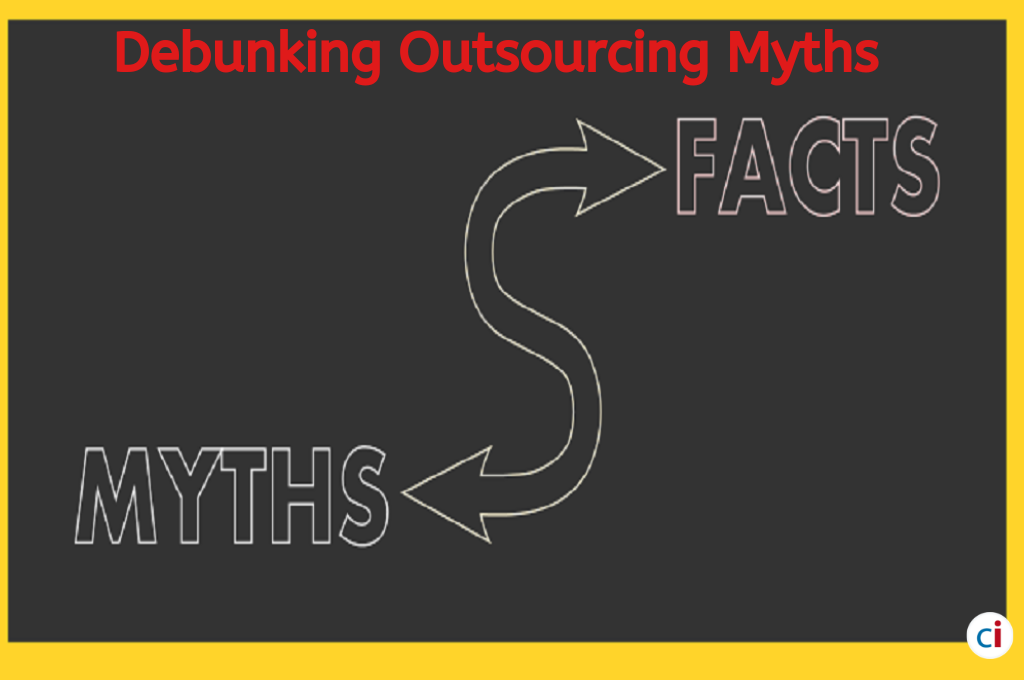A Developers vision
What is Symfony?
Symfony is a bunch of stand alone PHP libraries
What is Symfony2 Framework?
- A set of bundles containing configuration and bridge classes
- These glue the components together, giving the developer a consistent experience
- Symfony 2 is a PHP Framework for web development
- Symfony 2 is MVC
- Symfony 2 is OOP
- Symfony 2 is not Symfony 1 (>=PHP 5.3)
- Symfony 2 is HTTP-centric
- Symfony 2 is like bits of Rails and like bits of Java
Why Symfony2?
Based on project needs Symfony can be used as:
- Full framework
-
- Micro framework (single file apps)
- Symfony Components (stand alone)
- Symfony comes with tight integration with many open source projects like Monolog, Assetic, Doctrine, Propel.
- Powerful and easy routing.
- Very advanced and useful template engine TWIG
Symfony2 VS Zend:
- After the launch of Zend framework 2 (ZF2) all the major things offered in Symfony2 are available in ZF2
- Both Symfony2 and ZF2 are the next generation frameworks using PHP 5.3
- Symfony have pre integrated Twig template engine where as now ZF2 comes up with ZfcTwig Modules to support Twig
- Symfony2 and ZF2 are both good for enterprise products
Things You should Know before starting with Symfony2:
- Namespaces in PHP
- YML
- ORM ( Object relationship Model )
- Understanding of design Patterns
- OOP concepts
What can you expect?
22 High quality Components
- DependencyInjection EventDispatcher
- HttpFoundation DomCrawler
- ClassLoader CssSelector
- HttpKernel BrowserKit
- Templating Translation
- SerializerAl Serializer
- Validator Security
- Routing Console
- Process Config
- Finder Locale
- Yaml Form
Highlights of Symfony 2:
- Rewritten from scratch for PHP5.3
- Based on the HTTP specification
- Very stable and solid API ( 12 preview releases, 5 beta releases, 6 release candidates, 9 stable releases )
- Extensible through the creation of Bundles ( replacement for sf1plugins )
- Flexible configuration using YAML, XML, annotations or PHP
- All configuration is compiled to PHP code and cached
- Lots of unit tests
- Source code audited by independent security firm thanks to donations of the Symfony Community
- Extensible Configuration with Service Container / Dependency Injection
- Complete redesign of Forms support
- Validations
- Extensible Security with Authentication / Authorization
- Advanced and powerful templating through Twig
- Routes configured with YAML, XML or Annotations
- ESI Caching support out of the box
- Assets management with Assetic
- Translations
- Environments
What are Bundles?
- Bundle is like a plugin, except that even the core framework is implemented as bundle.
- Your code is an equal citizen with the core
Symfony2 is a set of standalone PHP component libraries, glued together by a group of removable “bundles”
Let’s get into some action..
- Download Symfony2 from http://symfony.com/download
- Unzip it into your localhost
- Run the config file http://localhost/Symfony/web/config.php
- This page identifies any problem with your setup
- If you want to configure your setup using GUI then click on “Configure your Symfony Application Online”
- Else you can directly edit Symfony/app/config/parameters.yml
Let’s create some pages..
The 3 step approach:
- Request comes in – Symfony matches the URL to a route
- Symfony executes the controller (PHP function) of the route
- The controller (your code) returns a Symfony Response object





